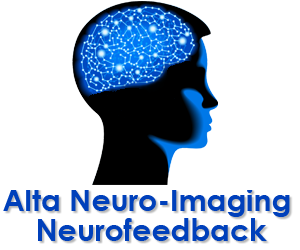About this time of year (if it hasn’t happened already), children with ADHD (ADD) begin to “run out of gas” at school. They are past the high point of Christmas, summer seems a long way off, and they’ve been working at school for over six months. After all, they’re kids. Often, they start to struggle and misbehave, and grades can decline.
This dilemma can become catastrophic for students with ADHD. They have been “running” much harder to keep up than their classmates have, and consequently are much more worn out than they are. An additional problem is the “foundation problem”, which refers to the tiered or sequential nature of education. As children move throughout the course of the school year, and progress from year to year, new concepts and understandings are built on the foundations of the previous ones. ADD often causes children to miss some of the key concepts of subjects. Then, when the teacher moves on to the next concept or set of facts, the child struggles with comprehening the new ideas because they are based on the previous ones, which they didn’t fully understand in the first place. This problem is of cumulative nature, and as school progresses, the lack of understanding increases and becomes overwhelming. Also increasing are the frustration, loss of confidence, and motivation… equally powerful in sabotaging the child’s success at school.
What makes matters worse are that these school programs may influence other areas of life, such as friendships and family life. Furthermore, the parents working with the child becomes exhausted too. This causes further “snow-balling” problems for the child and other members of the family!
The final piece of this dilemma is that at certain times in the education process, the teaching style, responsibility required of the student, or level of thinking required, take a big step up in difficulty. This may occur at fairly standard intervals, such as first, third, and sixth grade, middle school, high school, and college. But, with the increasing diversity in school programs and curriculum, it’s hard to know when these transitions will occur. This is often “the straw that breaks the camel’s back” for children with ADD.
Solution:
The solution is to correct the disorder. Unfortunately, many parents deny the existence of the disorder, or choose to not get help for their child because they fear the side effects and/or rigors of medication. There is, however, an alternative. Neurofeedback is a highly effective, drug-free, safe, non-invasive, and painless procedure in which the student learns to correct the problem. Once training is complete, no further treatment is necessary.
Website: www.ocbiofeedback.com



